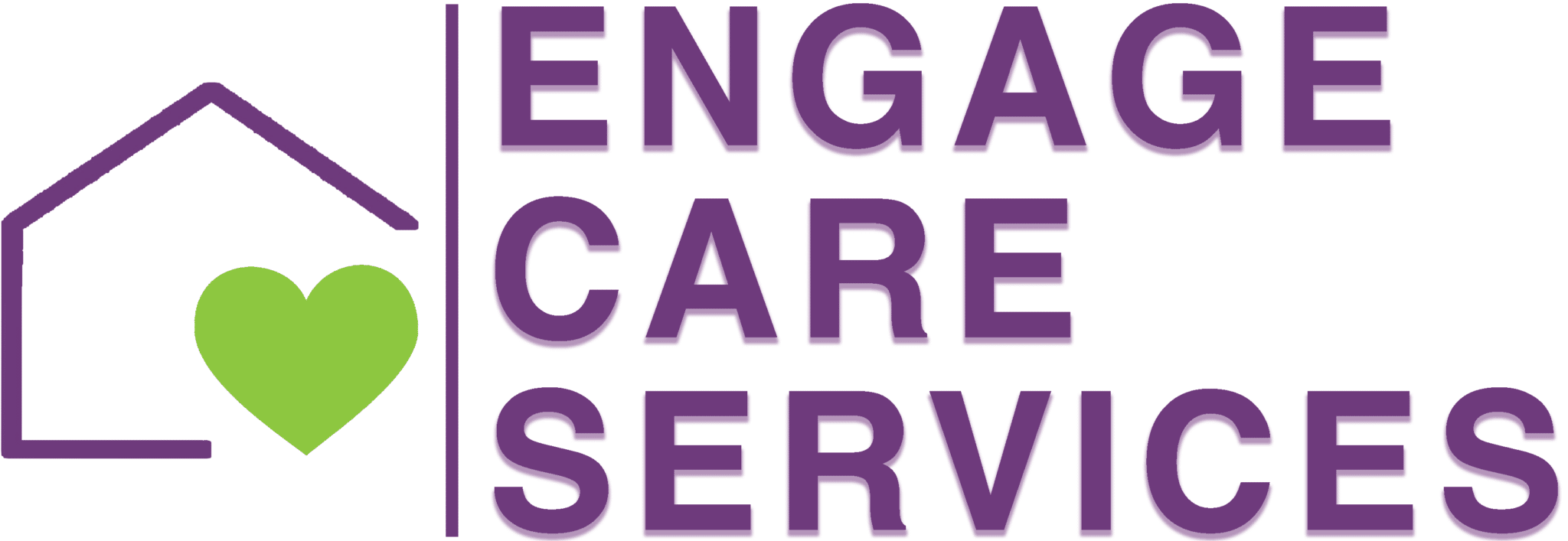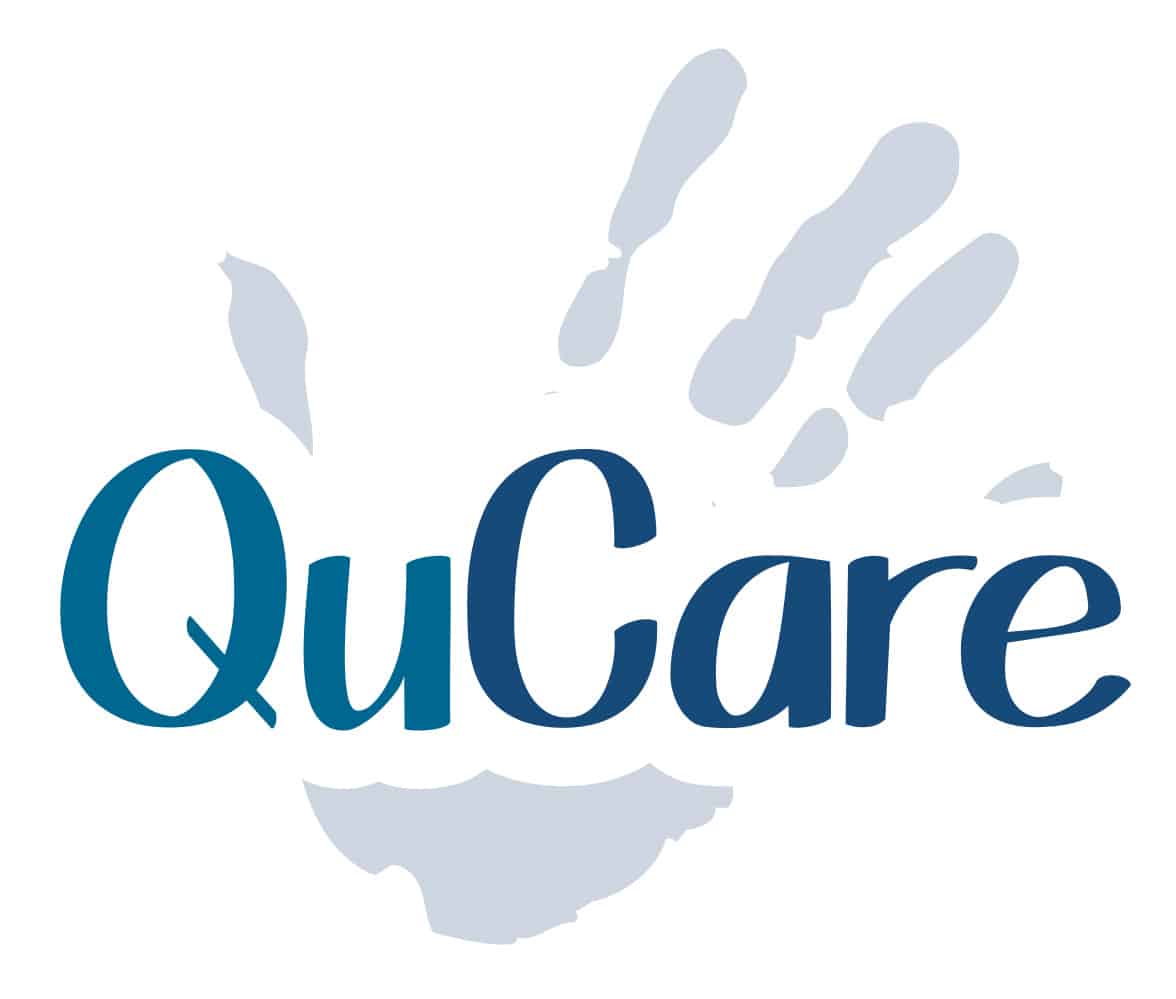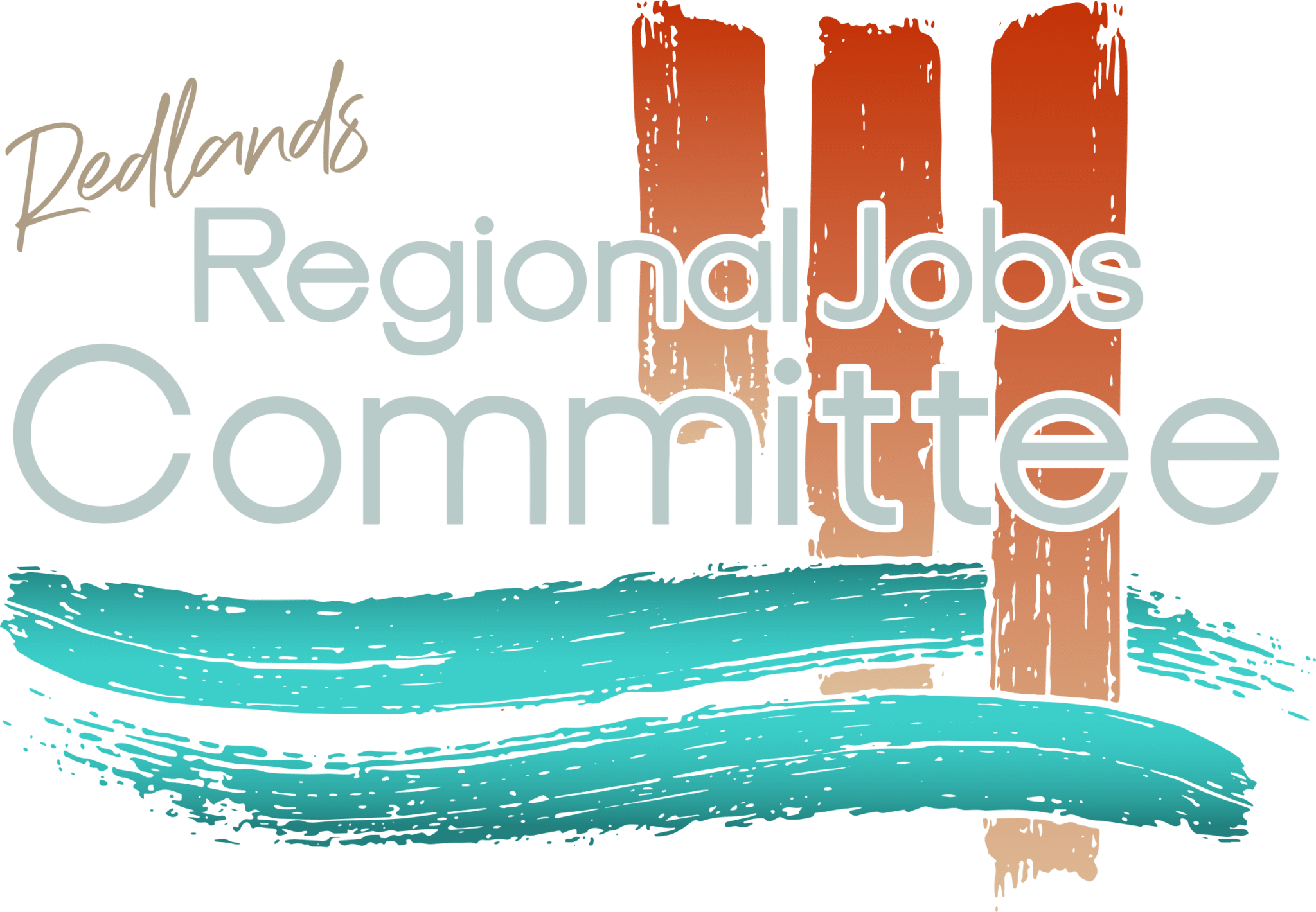It’s important to have a good relationship with your customers and clients. You want to be friendly and personal and make them feel like you truly care about their success. But in order to have a healthy relationship, you need to put certain boundaries in place. Consistent boundaries are essential for building a trusting partnership and for you to have a balanced approach to life.
Hours of Operation
Decide when you’ll be available to your customers. Modern technology allows us to be at our customers’ beck and call around the clock. But there’s a reason why companies establish set hours of business. Choose your “hours of operation” and make them known. When choosing these times, keep in mind the needs of your clients and customers. You may want to choose later or earlier hours to accommodate the needs of your clients, but ensure that it is not simply opening early and closing late.
Means of Communication
Decide how you will communicate with customers. Email and social media are both appropriate for business communications. You might want to be careful about texting or chatting apps. These can sometimes feel too personal and invasive. Ask yourself whether you want clients contacting you there. If you don’t habitually use these for business, there’s also the risk that messages might get lost. The ability to choose how we communicate with our customers is important as we want to remove friction for customer contact.
Make Allowances for Urgent Issues
There may be some cases where you can bend the boundaries you’ve set. For example, you might tell clients they can reach you for urgent issues over the phone. You may check your business emails once on each weekend day. In order for this to work effectively, establish guidelines about what’s urgent and what isn’t. In many ways, this is a given when working with a sustained business relationship.
Define Your Services
Although you’d like to be there for anything your customers and clients need, you should define exactly what services you can and can’t offer. If they want you to do something outside your defined services, decide whether you’ll do it for an additional charge. Every business should have some form of “menu” with the services they provide.
Keep Your Distance
Some people don’t understand or respect boundaries, and there’s a good chance some of your customers will fall into this group. Identify these people early on and put strategies in place for dealing with them. Above all, be clear and honest with them about what is possible. Some strategies include:
- Divert conversations away from too-personal topics
- Make it clear exactly how long you can spend with them (“I’m sorry, I have to go now. I have a meeting in a few minutes”)
- Acknowledge that you’ve heard what they said; don’t ignore it (“I can hear it’s very frustrating for you.”)
- Propose something positive where possible (“I’m afraid there’s nothing I can do to help with this but what I can do is…..”)
Learn How to Say “No”
We instinctively don’t like to say “no.” We all want to be helpful and don’t want to offend someone by rejecting their request. But it’s sometimes necessary to firmly decline, and you should have techniques in place for doing that. You can:
- Suggest someone else who can help when you’re busy
- Arrange another time when you can do what the person is requesting
- Say “no” clearly and explain why
Building Trust
Remember that it’s not an issue of being “nice” or not. Boundaries are the foundations of healthy relationships, so you’re defining the terms of your relationship. This helps to build trust and mutual respect. One of the mentors in the John Maxwell Leadership network advised very early to be mindful of becoming a “chicken sandwich coach”. When he first launched his consulting services, some of his friends would invite him out for lunch, (the chicken sandwich) and it would quickly become a session to help the person and their business. On reflection, after a half dozen “chicken sandwich sessions” he realized what was happening and had to work through the situation, which he did by not losing a friend and picking up a new client.
This story was shared, not for you to stop having lunch with friends, but to be mindful of the value of your services. Enjoy the value you bring.
Tony Curl is the principal coach at Think and Grow Business. Improving the performance of people in business through coaching programs both individual and group with the specially designed Think & Grow Business Masterminds to help you grow your business and defeat overwhelm. Contact Him today.




































